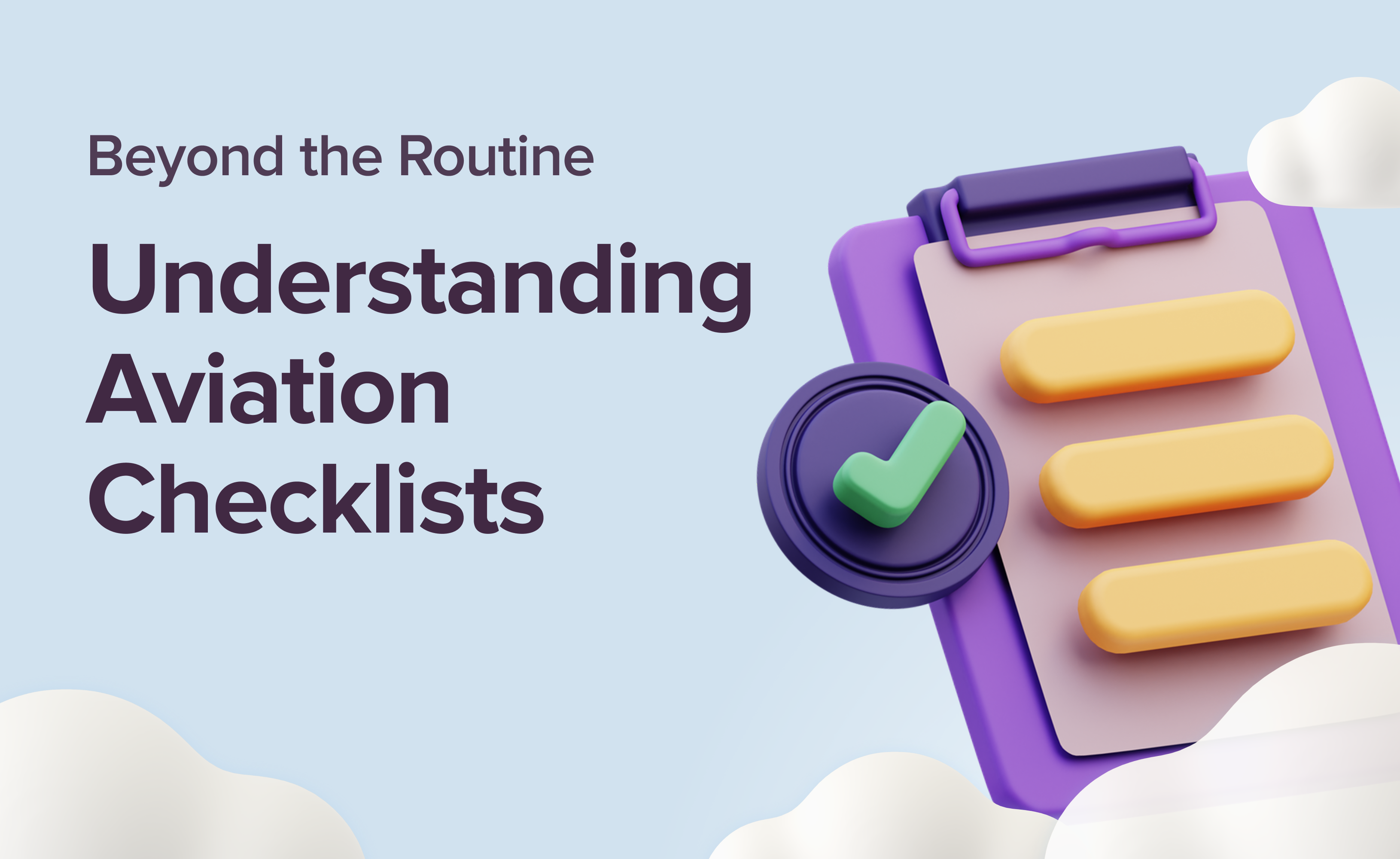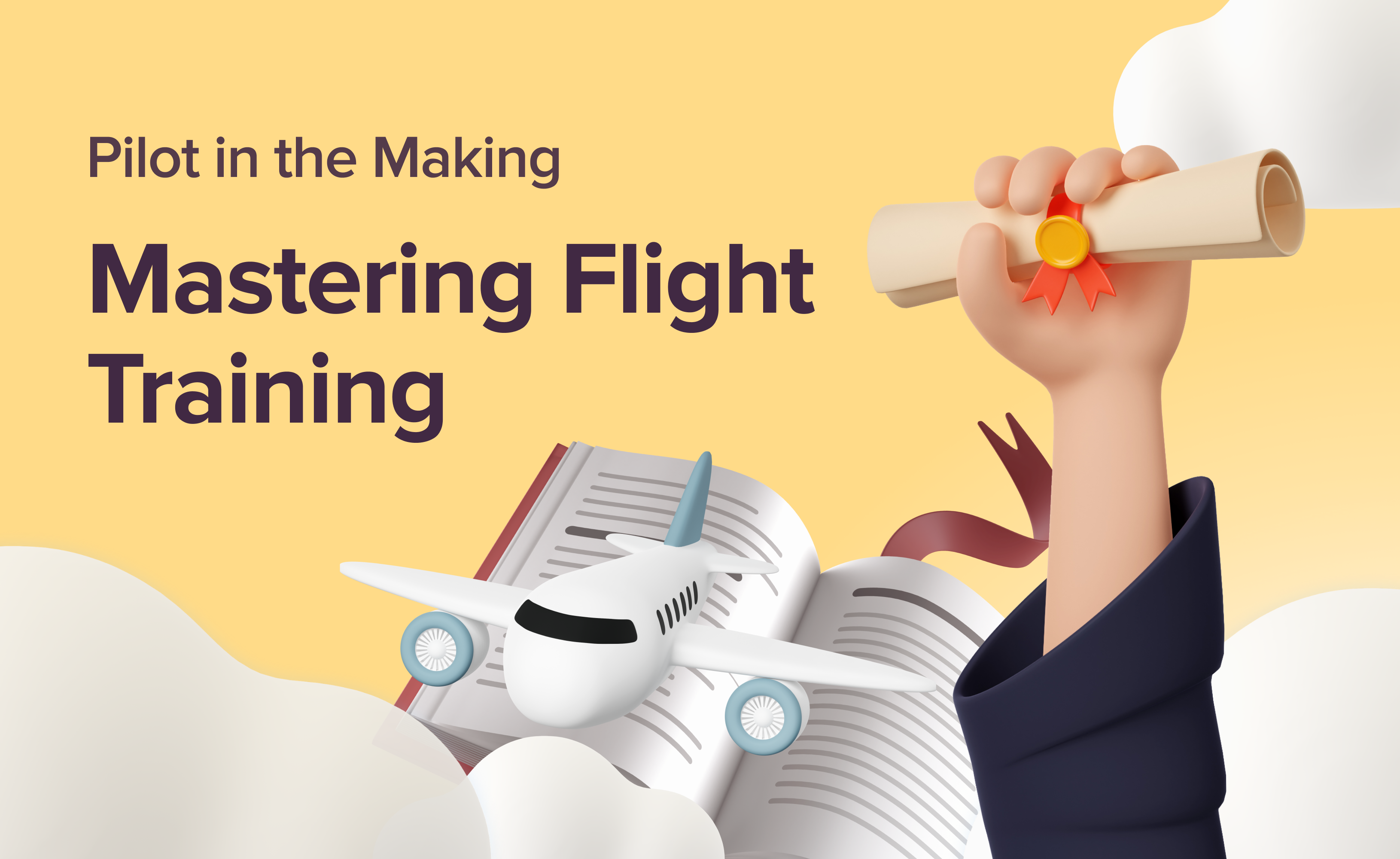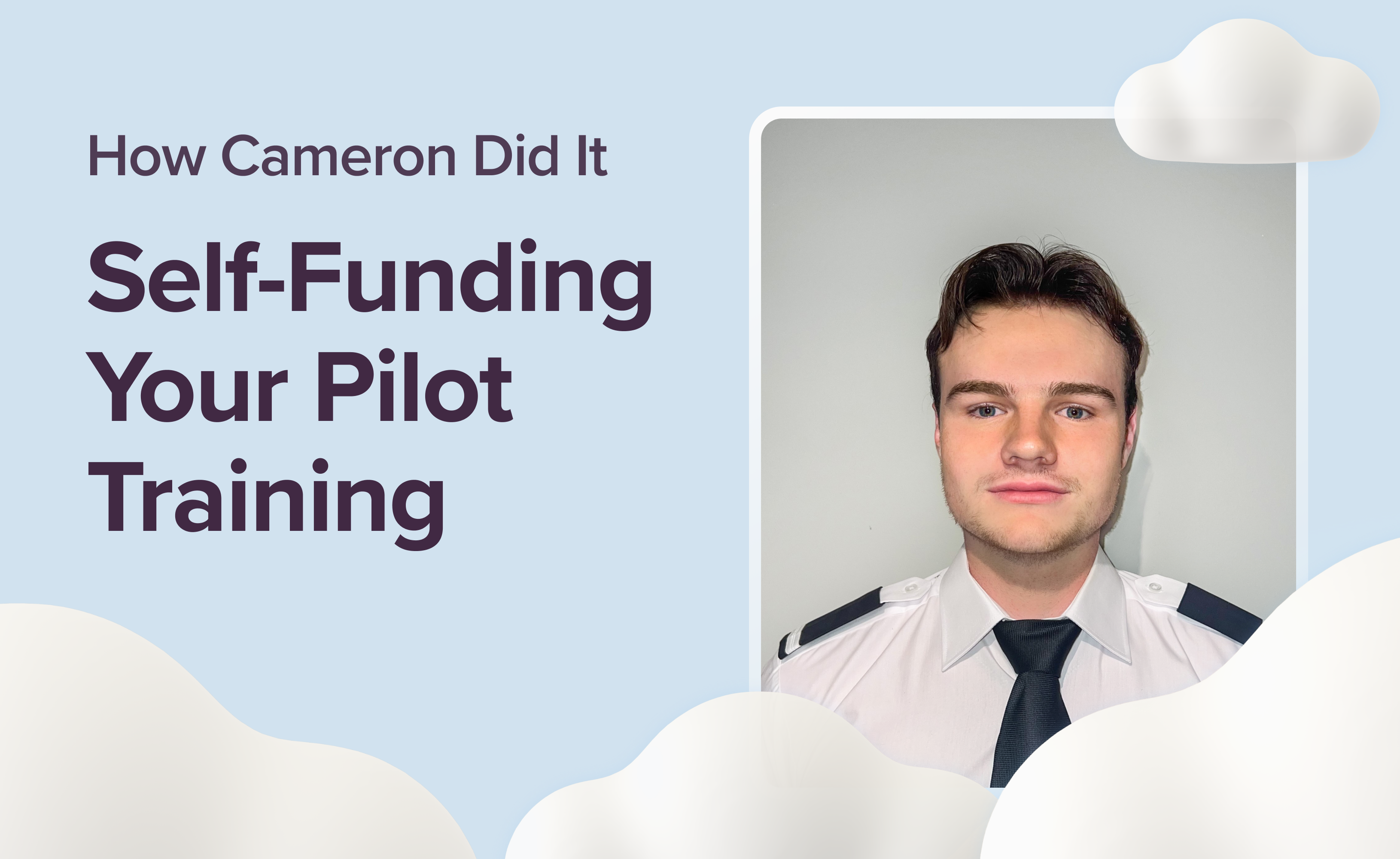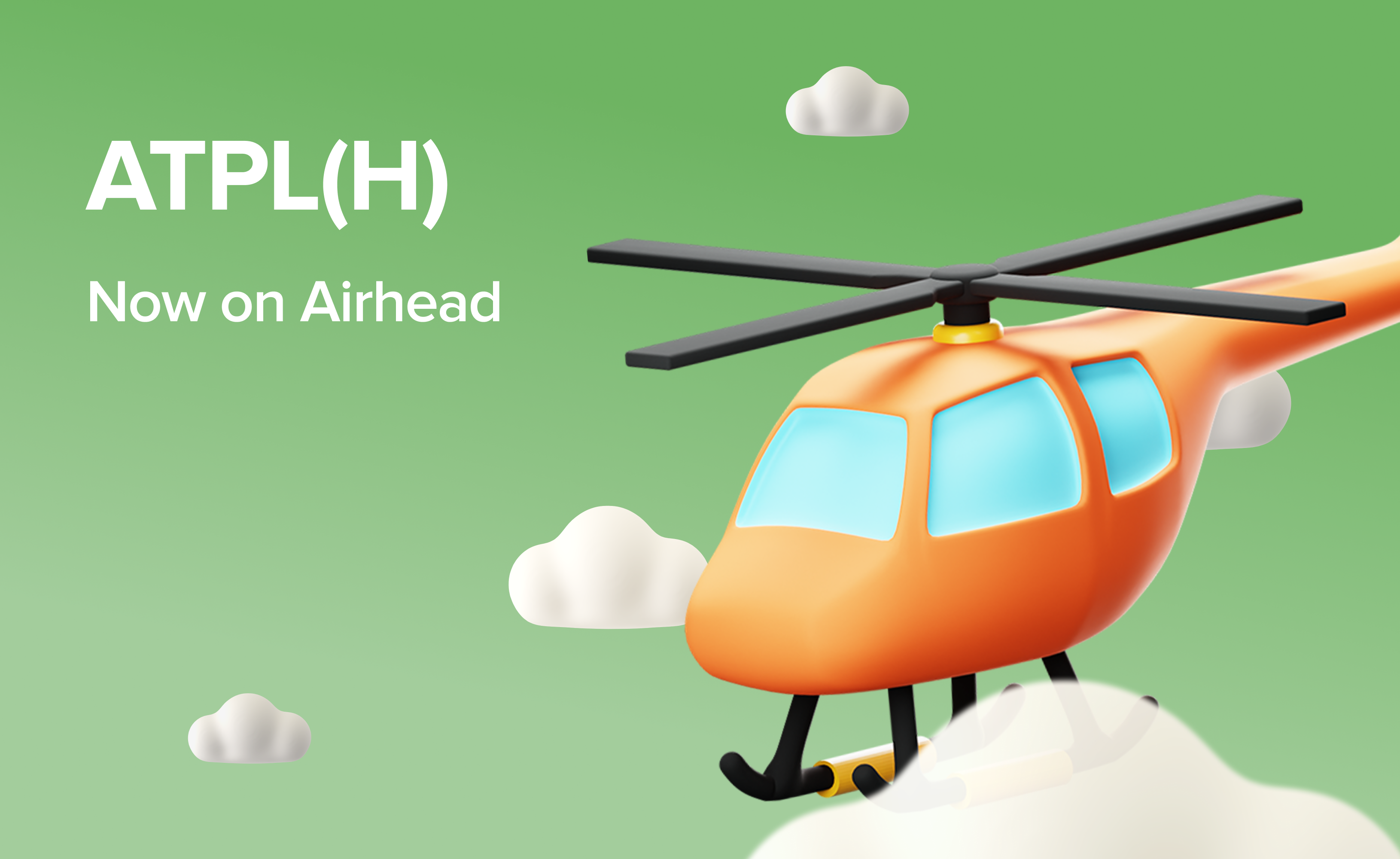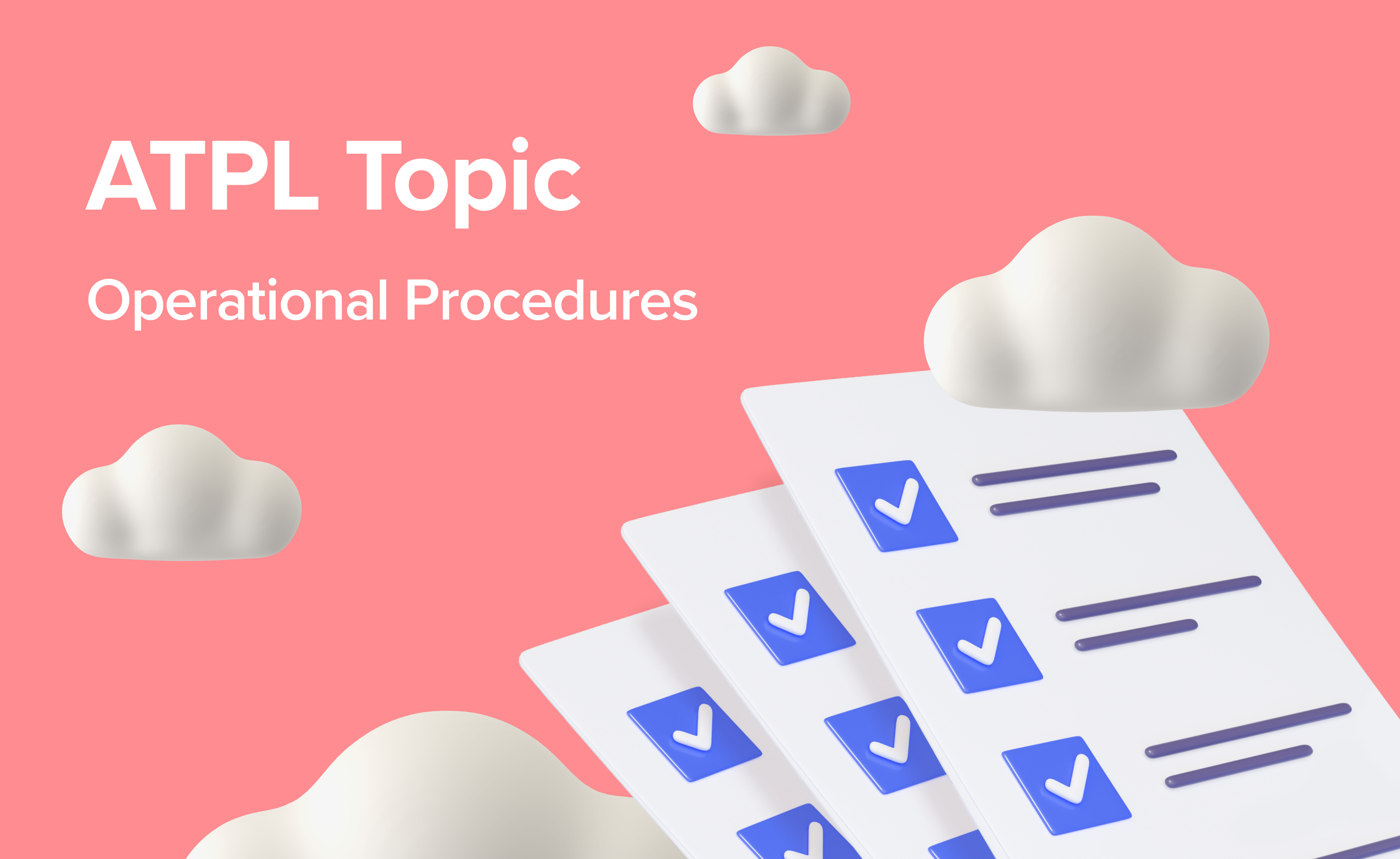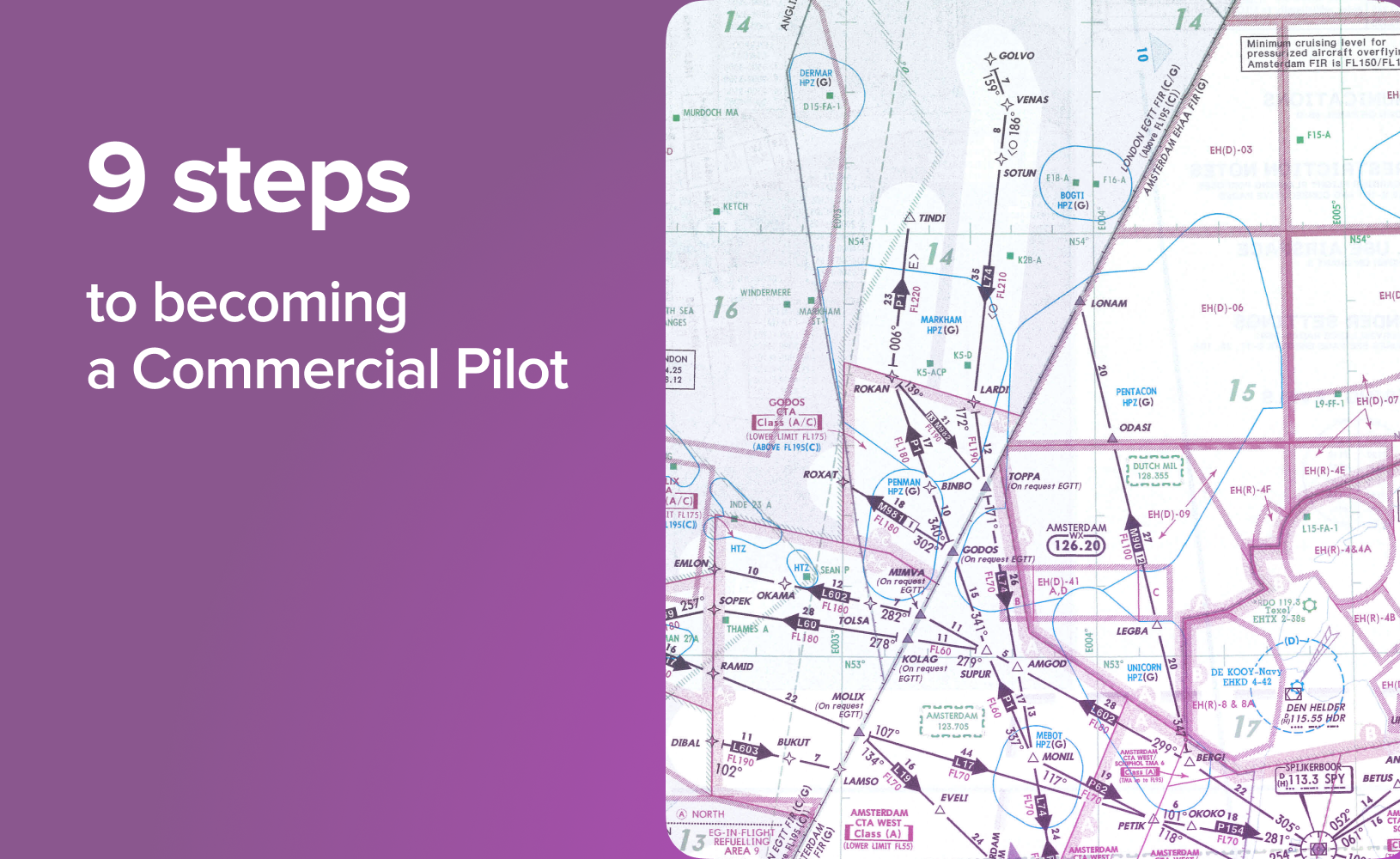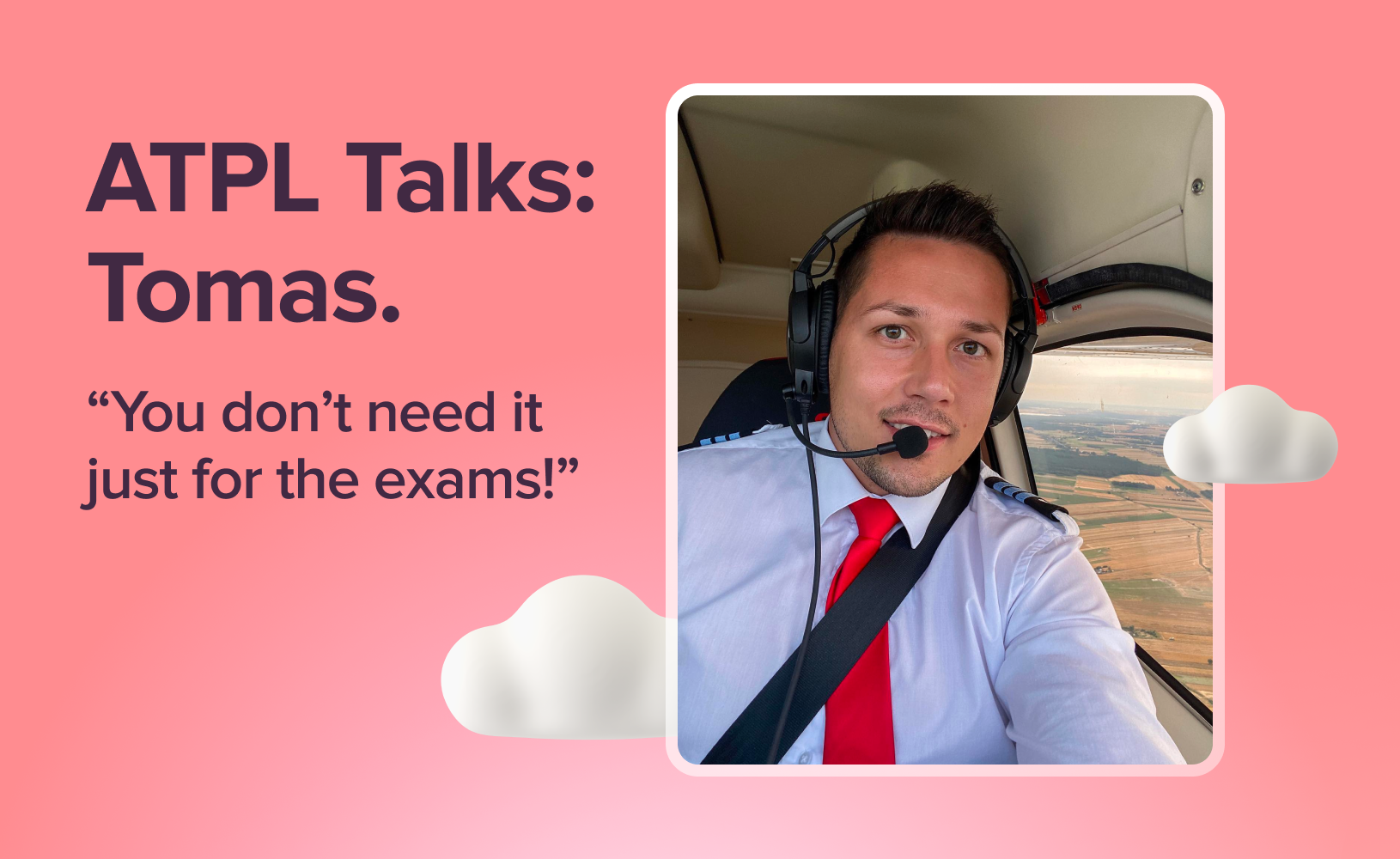Why Planes Pull Left: Understanding Propeller Forces
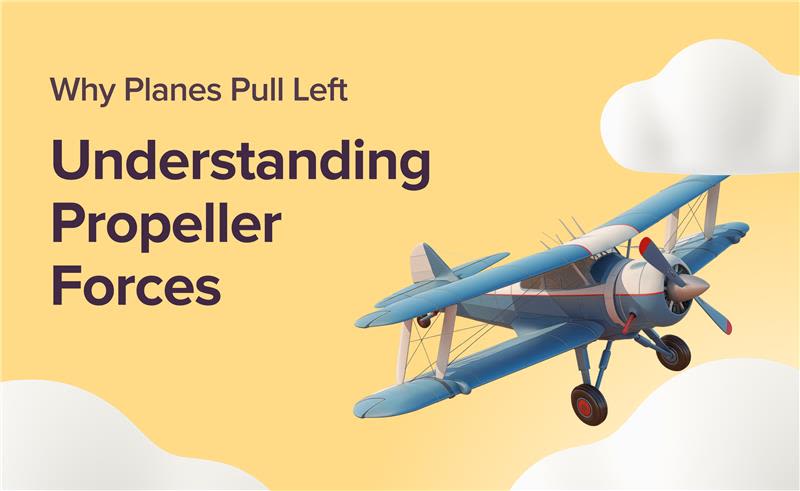
You’ve lined up on the runway, firewalled the throttle — and suddenly the aircraft wants to yank left like it's got a mind of its own. What gives? Welcome to the world of left-turning tendencies —a quirky set of aerodynamic effects caused by the very thing that makes your plane fly: the propeller.
These forces aren’t a design flaw. They’re aerodynamics at work. From the moment your engine roars to life, your spinning prop starts delivering thrust — and along with it, a cocktail of four distinct forces that nudge your aircraft off track. As a future professional pilot, you must understand these effects for smooth and confident takeoffs, climbs, and landings. In this post, we’ll break them down, explain when they show up, and give you tips on how to fly right.
Let’s dive into the science behind the swerve.
P-Factor
Asymmetrical Thrust in Action

P-Factor (short for “propeller factor”) is the uneven thrust created by the propeller blades when your aircraft is at a high angle of attack — usually during take-off or a steep climb.
Here’s what’s happening: the descending blade (on the right side) takes a bigger bite of air than the ascending blade (on the left). Because it's moving downward and forward, the relative wind meets it at a greater angle, creating more thrust on that side. The result? The aircraft gets yawed to the left.
If left unchecked, P-Factor can push your aircraft off the runway centreline on take-off, cause unnecessary drag, and even set up an unsafe flight path in climb. It also leads to uncoordinated flight, which wastes energy and feels sloppy.
When it shows up most: High power + high pitch. Slow airspeed = more pronounced effect.
How to counteract P-Factor:
Apply right rudder — early and smoothly. Keep your nose tracking straight using visual cues (centreline). Use coordinated rudder and aileron inputs. Know your aircraft—some models (like the Piper Warrior) require more correction than others.
Gain a deeper understanding of how aeroplanes turn, pitch, and roll. Learn about the 3 Axes of Rotation in our latest blog.
Torque Reaction
Newton Has Entered the Chat
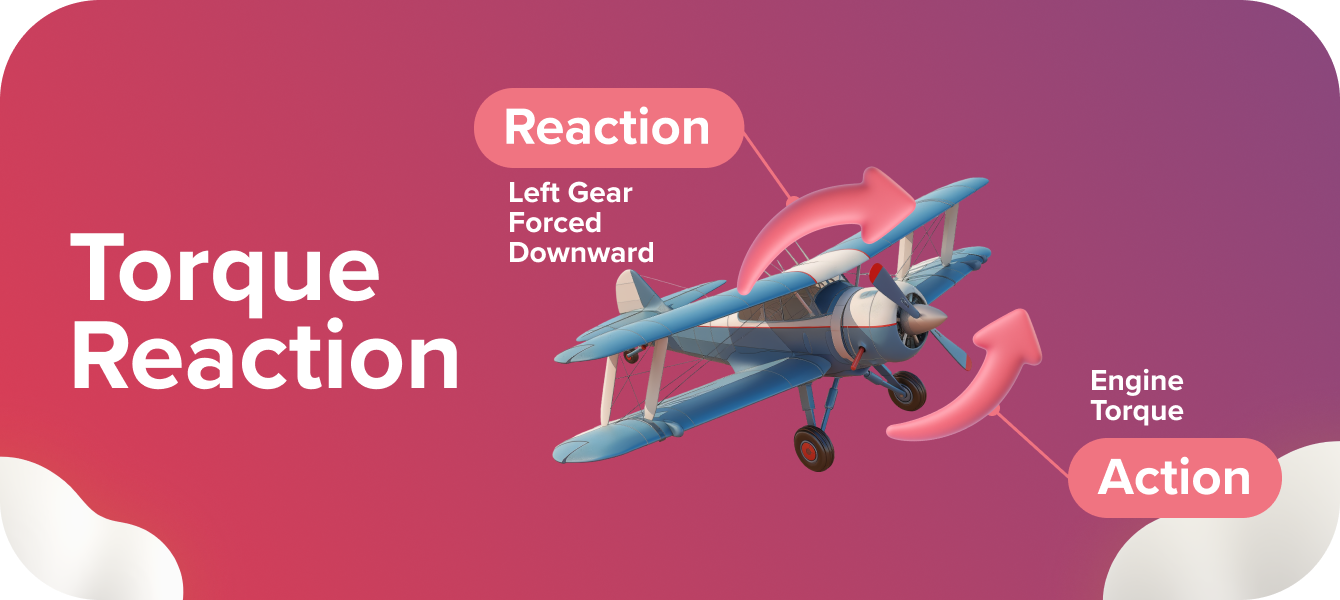
Torque reaction is Sir Isaac Newton's Third Law in action: “For every action, there is an equal and opposite reaction.” When your propeller spins clockwise (as viewed from the cockpit), the airframe wants to roll counterclockwise — to the left.
Here’s what’s happening: The aircraft will inherently try to roll to the left due to the propeller's rotation. In addition, the plane has a slight yaw motion to the left. If these initial roll and yaw tendencies are not actively corrected (especially during phases like initial climb-out when engine power is high), the aircraft will enter an uncoordinated flight condition.
When it’s strongest: During full-power applications, especially on take-off. In low-speed, high angle of attack conditions. When transitioning to a climb after rotation.
How to counteract Torque Reaction:
Use right aileron as needed, especially during the take-off roll. Keep your rudder coordination sharp, remember, yaw and roll can combine. Don’t rely on trim to fix torque alone — fly with active input.
This guide will walk you through the six essential flight instruments every pilot must know. We’ll break them down into categories, explain how they work, and show you how to interpret what they’re telling you.
Spiralling Slipstream
The Invisible Push

Spiralling slipstream is the corkscrew of air that your propeller creates as it spins. This spiral wraps around the fuselage and hits the left side of the rudder — pushing the tail to the right and yawing the nose to the left.
Think of it like your prop wash wrapping around your aircraft and nudging it off course.
When it’s strongest: Low speed + high power (like during take-off roll). When the airflow is mostly coming from the propeller, not forward movement. During climb-out and full-power manoeuvres.
How to counteract Spiralling Slipstream:
Again, your best friend is right rudder. Monitor yaw with the slip/skid ball. Anticipate the effect on take-off and correct early, before it builds. Don’t overcorrect — smooth pressure is key.
If you’re rolling down the runway and the aircraft keeps drifting left — even when the nose looks straight — it’s probably spiralling slipstream at work. Left uncorrected, it can cause runway excursions, uncoordinated flight, or a messy climb. Worse, it masks itself behind P-Factor, so it often goes unnoticed by new pilots.
Simplify your flying maths. Discover 8 Easy Rules of Thumb in our blog for more intuitive and efficient flight. Start flying smarter today.
Gyroscopic Precession
The Subtle Force You Didn’t Expect
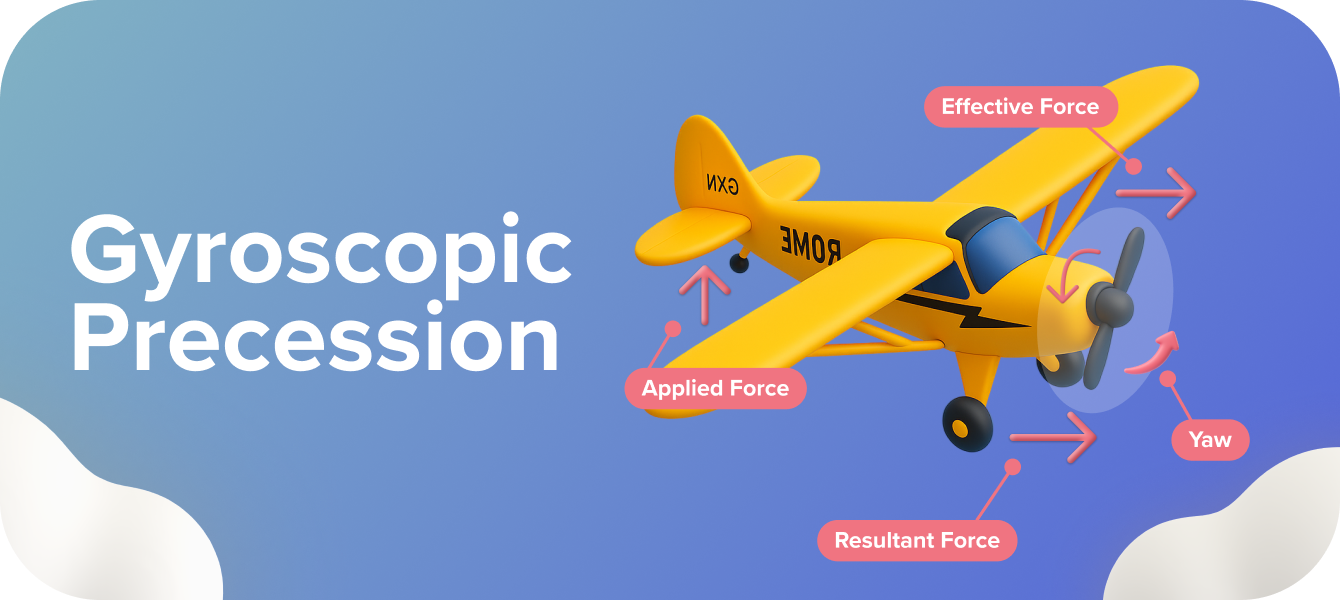
Gyroscopic precession is the result of a spinning mass (like your propeller or nose wheel) resisting changes in its orientation. When a force is applied to a spinning object, the resulting motion occurs 90° ahead in the direction of rotation.
In simple terms? You push forward on a spinning disc, and it reacts sideways. Weird, but very real. Gyroscopic precession causes a yaw to the left as the tail rises and the rotating prop disc tilts. It is typically mistaken for other forces like torque or spiralling slipstream, but it has its own fingerprint. Gyroscopic effect is dynamic, not fixed. Unlike torque or P-factor, which are more predictable and consistent, gyroscopic forces depend entirely on how quickly and in what direction the pitch change occurs. It’s all about when and where you apply a force on the propeller disc.
When it’s noticeable: In tailwheel aircraft during the take-off roll, just as the tail comes up. Less noticeable in tricycle-gear aircraft, but still there in certain conditions. During rapid pitch changes, especially with high-RPM props.

In advanced flight, particularly aerobatics, pilots use this effect deliberately to induce yaw, flatten or accelerate spins, or even initiate tumbles. But in normal flight? Unless you’re creating significant pitch acceleration, gyroscopic precession might not even show up.
How to counteract Gyroscopic precession:
Apply right rudder proactively during tailwheel takeoff rolls. Anticipate rather than react — this force hits quickly and early. Practise tailwheel ops or simulated take-off rolls with an instructor to feel it in action.
It’s the least intuitive of the four, but still important—especially in high-performance taildraggers or warbird-style trainers. Know it. Feel it. Correct it.
Master the nuances of gyroscope behaviour with our “Gyroscope Wander” blog. You'll learn to spot faults, comprehend real wander, and gain key insights into toppling and drift. Want to revisit the fundamentals? Our video on Gyroscope Properties is ready for you here.
Which One Matters Most? (And When)
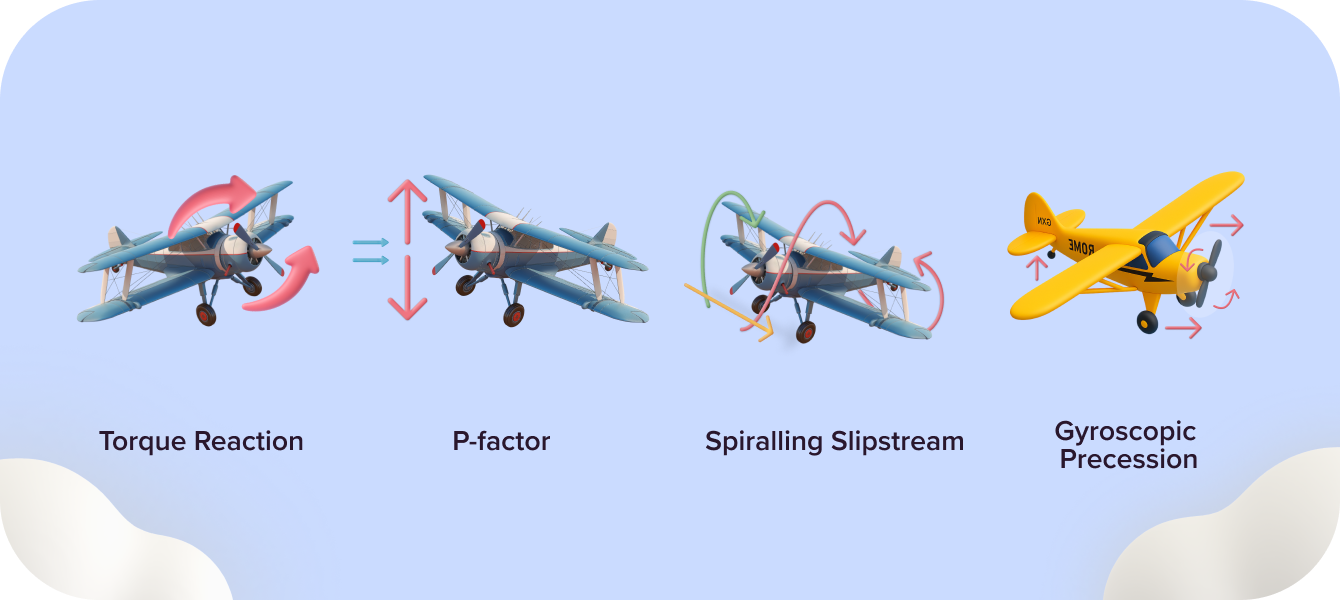
Each of the four left-turning tendencies — P-Factor, Spiralling Slipstream, Gyroscopic Precession, and Torque — doesn’t just show up at random. They affect your aircraft differently depending on the flight phase. Here's when to expect each one, and which should be top of mind:
Flight Phase | Dominant Left-Turning Tendency | Key Pilot Action |
Taxi | Torque | Steer/brake carefully, use differential braking in taildraggers |
Take-off Roll | Torque + Slipstream (+Precession) | Strong right rudder input, especially in taildraggers |
Climb | P-Factor | Continuous right rudder to stay coordinated |
Cruise | Minimal | Trim as needed, maintain heading |
Left-turning tendencies might feel like the aircraft is fighting you, but they’re entirely manageable. The key is anticipation and muscle memory. Whether it’s the right rudder at take-off or a touch of aileron in climb, great pilots don’t wait for the aeroplane to drift — they lead it. So keep flying, stay coordinated, and remember: the aircraft talks to you. Learn to listen, and you’ll stay one step ahead.

Quick Reference
Left-Turning Tendencies and How to Correct Them
Tendency | When It Happens | Corrective Action |
P-Factor | High angle of attack + high power (e.g., takeoff, climb) | Apply right rudder to maintain coordinated flight |
Spiraling Slipstream | High power settings, especially at low airspeeds | Use right rudder to counter yaw |
Torque Effect | During power changes (especially at rotation or go-arounds) | On ground: right rudder on power-up In air: small right aileron if rolling left |
Gyroscopic Precession | Mainly in tailwheel aircraft as tail lifts on takeoff | Anticipate with right rudder as tail rises |



















